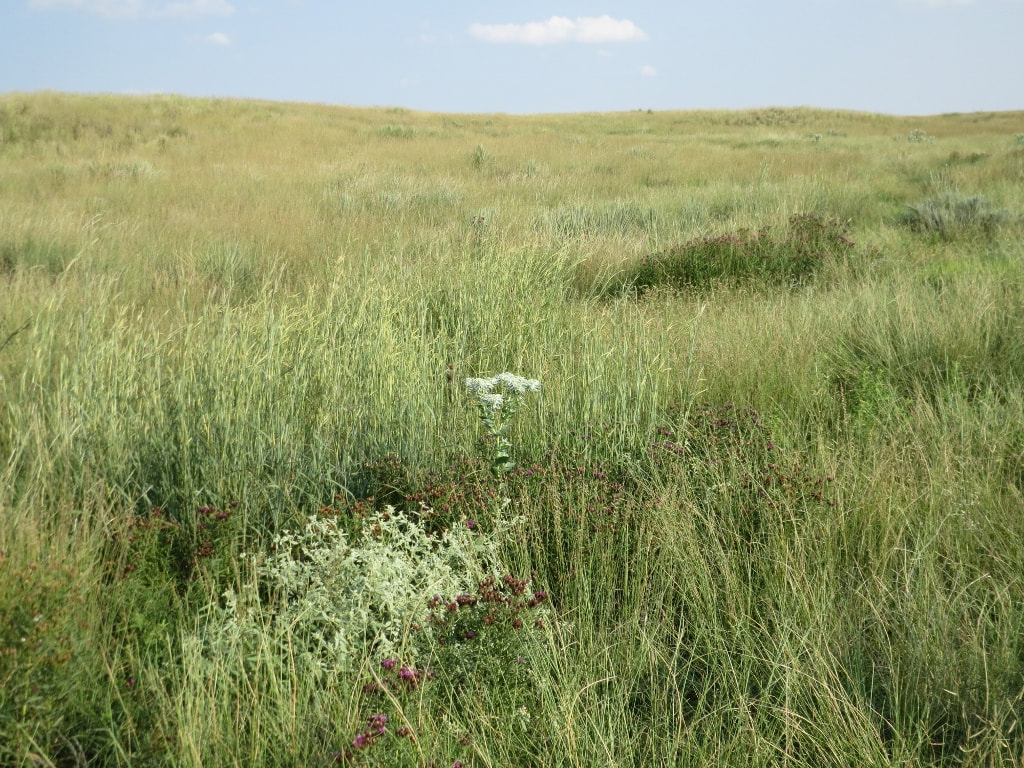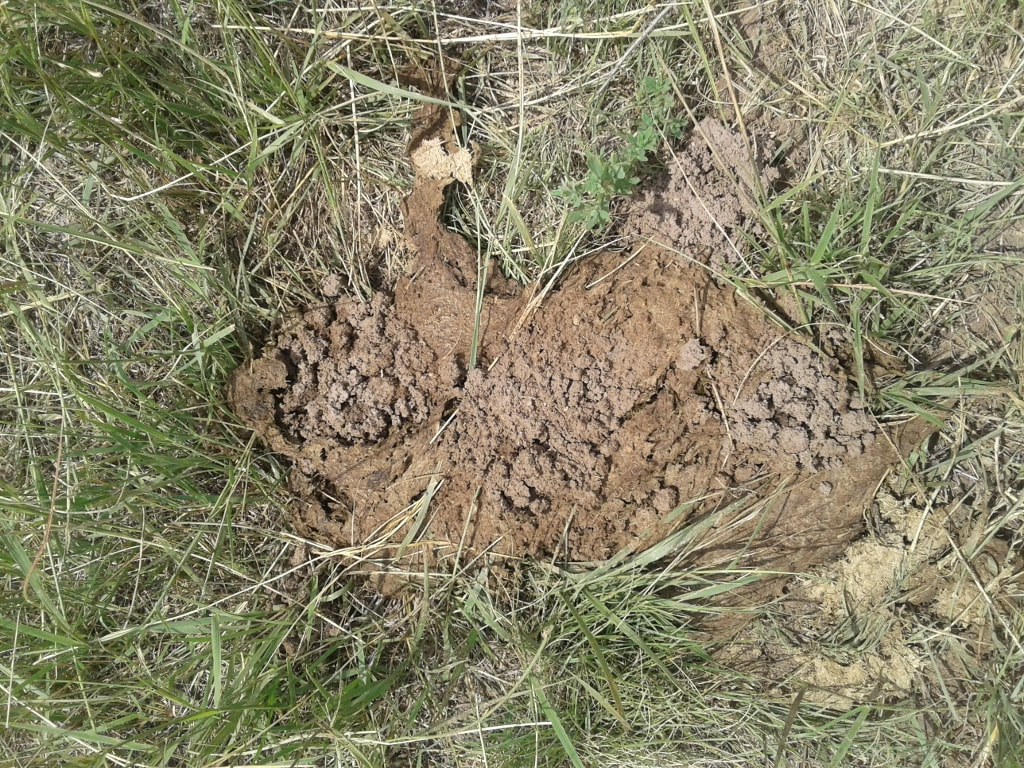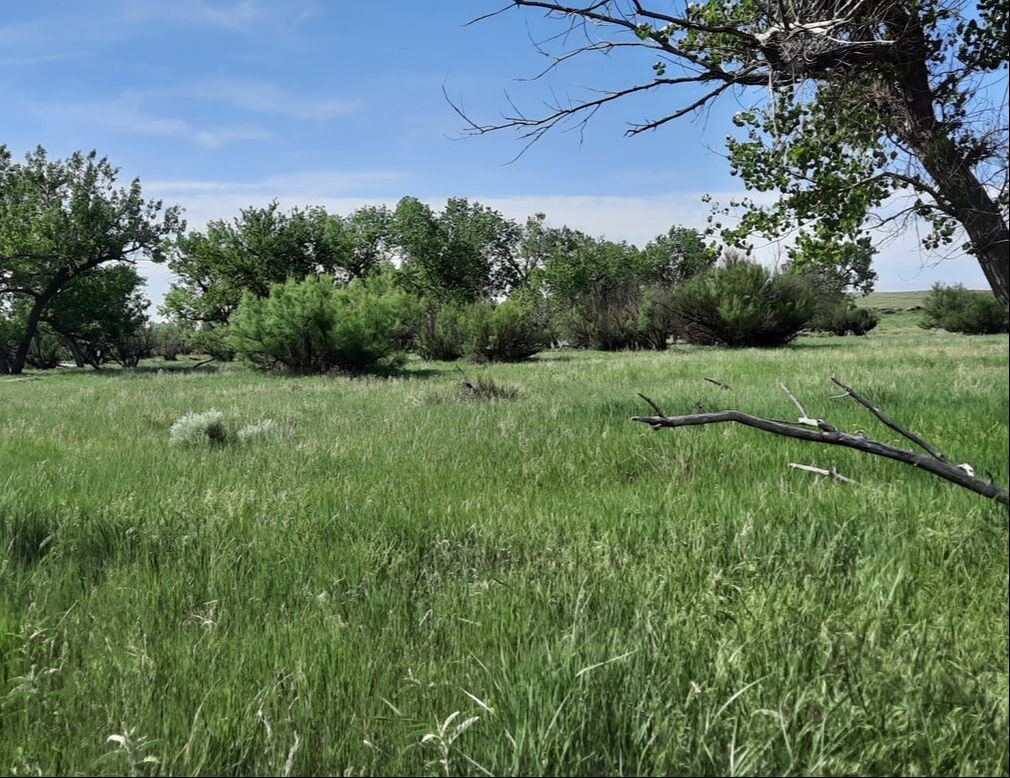We began a rotational grazing system in 2016 with the goal of increasing range health and drought tolerance and increasing carrying capacity over the long term. We have seen a slow but steady improvement in ground cover and an increase in higher production species. Having adequate herd density to see grazing on moderately palatable grasses such as sideoats grama and sand dropseed has been a challenge. They easily become overmature with longer rest periods and then more palatable grasses like blue grama and buffalograss are grazed heavily even with a short grazing period. We are starting to use polywire to reduce pasture size and move cattle to areas where herd impact and utilization has not been adequate while continuing to develop our water system. The most noticable improvements have been an increase in tall grass species such as sand bluestem and Indiangrass and cool seasons grasses. We are trying to increase our rest periods to 6 months to a year to improve grass vigor and shift more land to tall grass species.
Sand bluestem beginning to come into a draw. The key seems to be impact followed by adequate rest periods. Dormant seeds 50 to 100 years old can possibly be activated with herd impact and then established with adequate rest periods for the new seedlings.
Manure pat impacted by dung beetles. This picture shows the work of "tunnelers" that bury manure in narrow tunnels downward. Grass roots will follow the increased moisture and fertility downward in the tunnel. A pat with this level of impact decays within a short time period given adequate moisture. Also, manure that is buried loses much less nitrogen. We have seen a steady increase in dung beetles, especially "tunnelers". We have "rollers" but still in limited numbers. Four different species of dung beetles have been seen on the ranch. One key to seeing an increase in dung beetles is not using Ivomec during the growing season.



